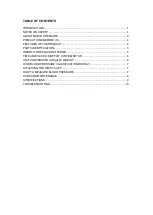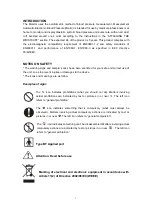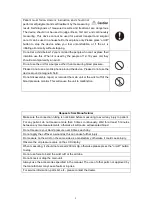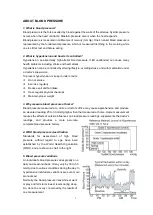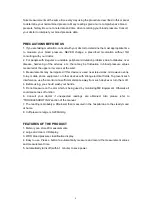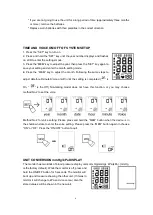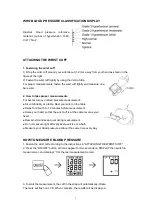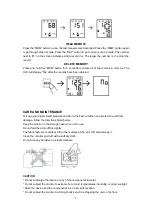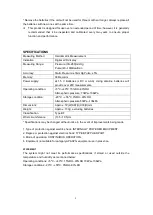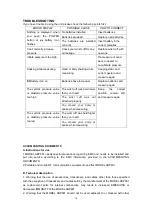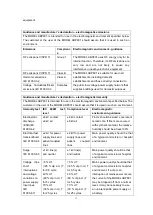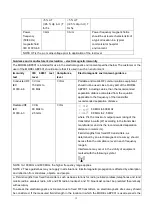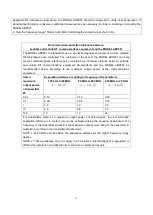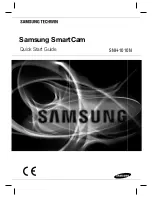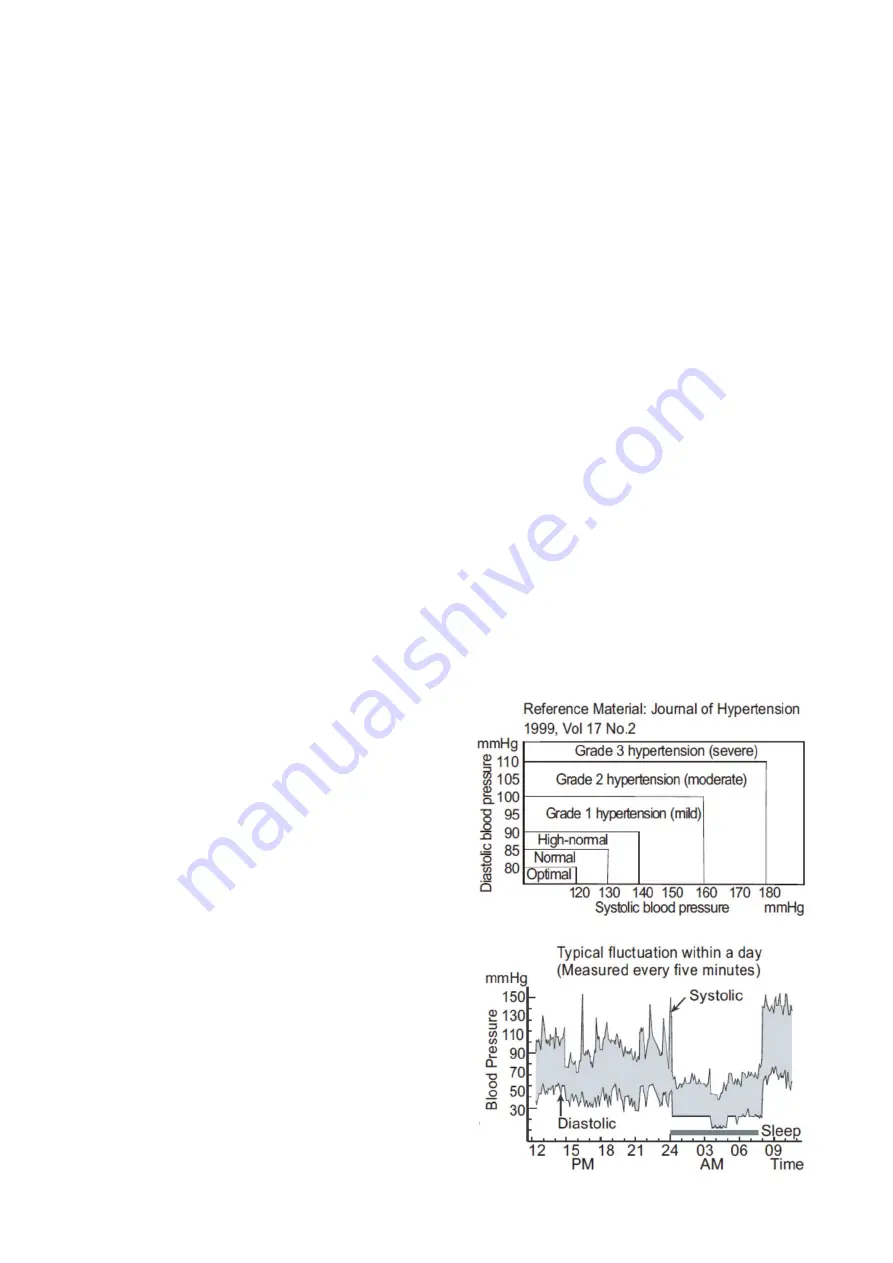
3
ABOUT BLOOD PRESSURE
1. What is blood pressure?
Blood pressure is the force exerted by blood against the walls of the arteries. Systolic pressure
occurs when the heart contracts. Diastolic pressure occurs when the heart expands.
Blood pressure is measured in millimeters of mercury (mmHg). One's natural blood pressure is
represented by the fundamental pressure, which is measured first thing in the morning while
one is still at rest and before eating.
2. What is hypertension and how is it controlled?
Hypertension, an abnormally high arterial blood pressure, if left unattended, can cause many
health problems including stroke and heart attack.
Hypertension can be controlled by altering lifestyle, avoiding stress, and with medication under
a doctor's supervision.
To prevent hypertension or keep it under control:
Do not smoke
Exercise regularly
Reduce salt and fat intake
Have regular physical checkups
Maintain proper weight
3. Why measure blood pressure at home?
Blood pressure measured at a clinic or doctor's office may cause apprehension and produce
an elevated reading, 25 to 30 mmHg higher than that measured at home. Home measurement
reduces the effects of outside influences on blood pressure readings, supplements the doctor's
readings, and provides a more accurate,
complete blood pressure history.
4. WHO blood pressure classification
Standards for assessment of high blood
pressure, without regard to age, have been
established by the World Health Organization
(WHO), and are shown in chart to the right.
5. Blood pressure variations
An individual's blood pressure varies greatly on a
daily and seasonal basis. It may vary by 30 to 50
mmHg due to various conditions during the day. In
hypertensive individuals, variations are even more
pronounced.
Normally, the blood pressure rises while at work
or play and falls to its lowest levels during sleep.
So, do not be overly concerned by the results of
one measurement.


